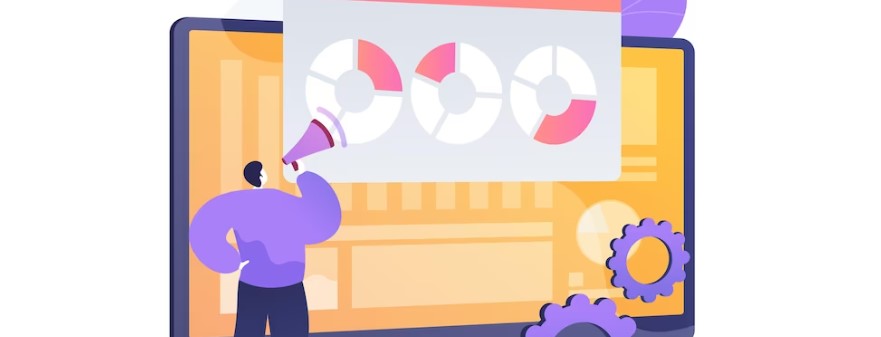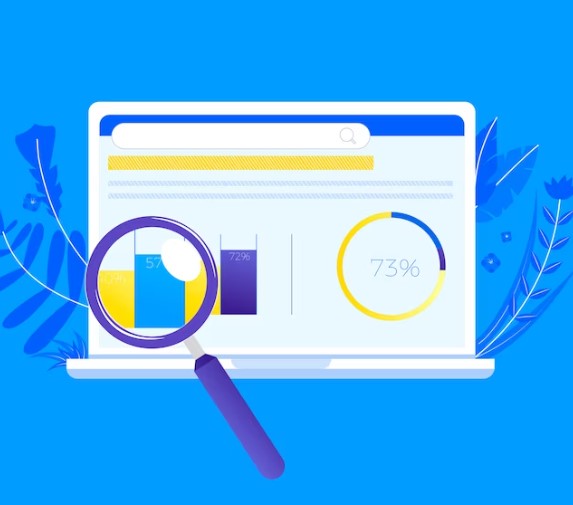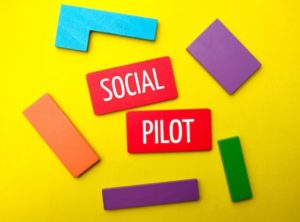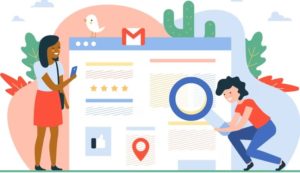On-page optimization is an essential part of any successful SEO strategy. It’s the process of optimizing individual webpages to rank higher and drive more relevant traffic to your website. On-page optimization involves using various techniques such as title tags, meta descriptions, and header tags to help search engines understand what your webpages are about and how they should be indexed.
In this blog post, we’ll discuss what on-page optimization is, the importance of on-page optimization, and how to use various on-page optimization techniques to improve your website’s performance.
What is on-page optimization?
On-page optimization is the process of optimizing individual webpages to rank higher and drive more relevant traffic to a website. It involves optimizing the content, structure, and HTML code of a webpage to make it easier for search engines to crawl and understand. On-page optimization also includes optimizing the internal links of a website, as well as the use of meta tags and structured data.
There are a number of techniques used to conduct on-page optimization, including:
- Title tags
- Meta descriptions
- Header tags
- Internal links
- Structured data
- Image optimization
The importance of on-page optimization
On-page optimization is an essential part of any successful SEO strategy. It helps search engines determine what your webpages are about and how they should be indexed. It also helps to improve the user experience by making sure that your webpages are easily navigable and readable.
On-page optimization is crucial for a website’s success, as it can help to improve your website’s ranking in search engine results pages (SERPs). This can result in more organic traffic to your website, increased sales, and better brand visibility.
How to optimize your web page titles
The title tag is one of the most important on-page optimization techniques. It plays a major role in how your webpages are indexed and can help to improve your website’s ranking in SERPs.
When optimizing your title tags, make sure that they are short, descriptive, and relevant to the content on the page. You should also include your primary keyword in the title tag, as this can help to boost your ranking in SERPs.
It’s also important to avoid keyword stuffing and make sure that your title tags are unique and not duplicated across multiple pages.
How to optimize your meta descriptions
Meta descriptions are another important on-page optimization technique. They provide a brief description of the content on the page and are displayed in SERPs.
When optimizing your meta descriptions, make sure that they are short (no longer than 160 characters) and accurately describe the content on the page. You should also include your primary keyword in the meta description, as this can help to boost your ranking in SERPs.
It’s also important to avoid keyword stuffing and make sure that your meta descriptions are unique and not duplicated across multiple pages.
How to use header tags
Header tags are an important on-page optimization technique. They are used to structure webpages and help to organize the content on the page.
When using header tags, make sure that they are properly formatted and accurately describe the content on the page. You should also include your primary keyword in the header tags, as this can help to boost your ranking in SERPs.
It’s also important to avoid keyword stuffing and make sure that your header tags are unique and not duplicated across multiple pages.
SEO best practices for on-page optimization
When it comes to on-page optimization, there are a few best practices that you should follow.
First, you should make sure that your content is keyword-rich and relevant to the topic of the page. You should also include internal links to other pages on your website and make sure that your pages are properly structured and optimized for mobile devices.
You should also pay attention to the loading speed of your webpages and make sure that they are optimized for speed. Finally, you should make sure that you are using the right keywords and avoiding keyword stuffing.
On-page optimization tools
There are a number of tools available to help you with on-page optimization. These include keyword research and analysis tools, content optimization tools, link building tools, and website speed test tools.
Using these tools can help you to identify areas that need improvement and optimize your webpages for better performance.
Tips for optimizing web page content
When optimizing your web page content, there are a few tips that you should keep in mind.
First, make sure that your content is relevant to the topic of the page and includes your primary keyword. You should also make sure that your content is easy to read and understand.
You should also pay attention to the formatting of your content and make sure that it is properly structured. Finally, you should make sure that your content is properly optimized for mobile devices.
How to optimize images for SEO
Optimizing images for SEO is an important part of on-page optimization. Optimizing your images can help to improve your website’s ranking in SERPs and improve the user experience.
When optimizing your images, make sure that you are using the right file format, reducing the file size, and including descriptive alt text. You should also make sure that your images are properly sized and optimized for mobile devices.
Conclusion
On-page optimization is an essential part of any successful SEO strategy. It involves optimizing the content, structure, and HTML code of a webpage to make it easier for search engines to crawl and understand.
By optimizing your web page titles, meta descriptions, header tags, and images, you can improve your website’s ranking in SERPs and drive more relevant traffic to your website. Additionally, you should make sure to follow SEO best practices for on-page optimization and use various optimization tools to get the most out of your efforts.
By following these on-page optimization techniques, you can ensure that your webpages are properly optimized and can help you to achieve your SEO goals.








